6 Malaysian Women in The Global Science and Technology Scene
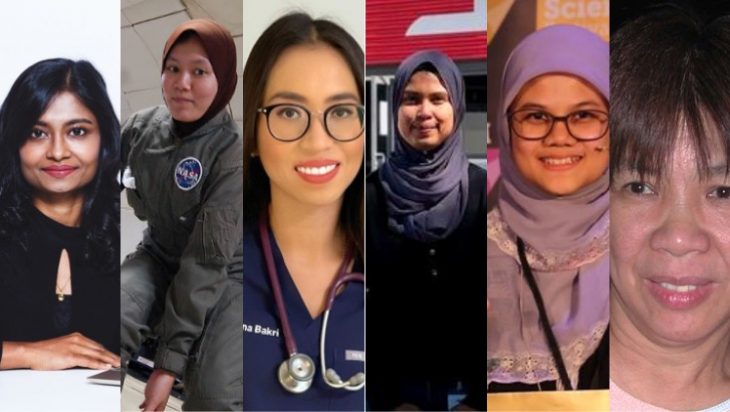
Stay updated with the latest intriguing stories for high achievers by following our Telegram channel here.
In collaboration with

Women’s role in science and technology has always been widely discussed in academic circles. Many scholars have noted that STEM fields have remained predominantly male with historically low women participation.
Despite these statistics and gender inequality obstacles in STEM, many Malaysian women have made a name for themselves on the world stage for science and technology. Today, on International Women’s Day, we take a look at some of our country’s women in STEM.
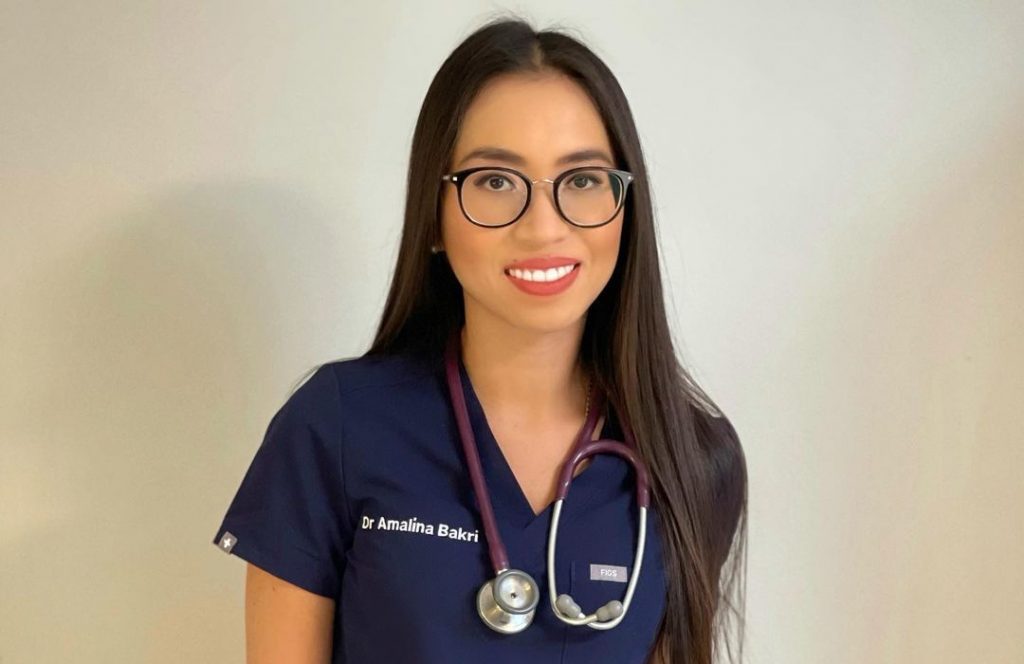
Dr Amalina Bakri is a Malaysian physician who held the record of most 1As scored in the Sijil Pelajaran Malaysia 2004. She achieved 17 1As – a record for the number of 1As achieved by a student in the history of Malaysian education.
She received the most prestigious Kijang Emas Scholarship from Bank Negara Malaysia to study medicine in the United Kingdom where she did her A-levels in Cheltenham Ladies College.
In 2013, she graduated with a medical degree from Edinburgh Medical School, as well as a degree in pharmacology. She did a sub-internship in Harvard Medical School, followed by a two-year housemanship in Cambridge, simultaneously completing her Master’s in Translational Medicine and Therapeutics.
She is currently taking her PhD in Medicine at the Department of Surgery and Cancer, Imperial College London with a fellowship from the institution and funding from the National Institute of Health Research (NIHR).
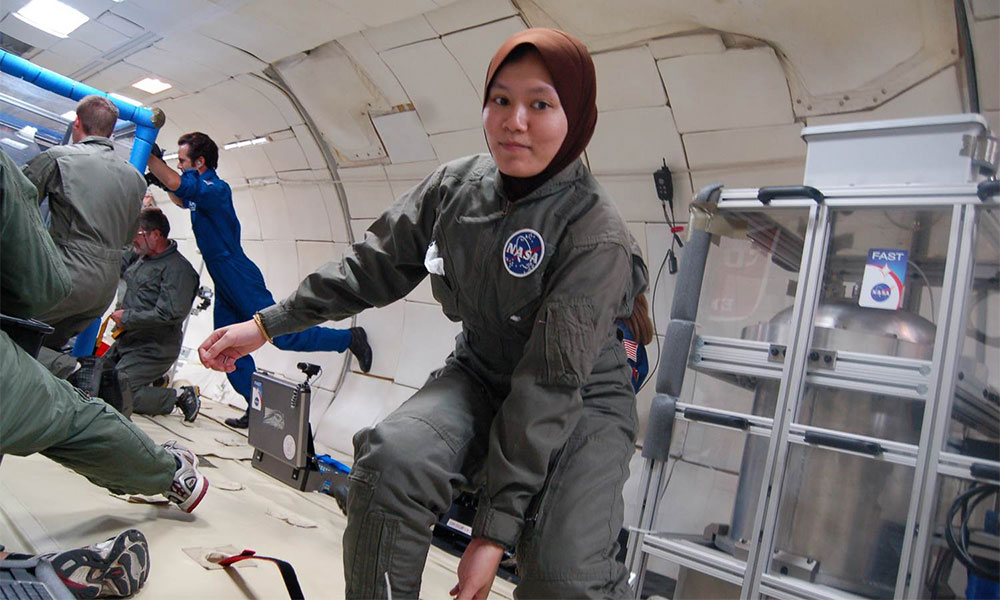
According to Malaysiakini, Dr Amani was the principal investigator in a team of scientists, technologists and engineers to work on NASA’s first-ever device that can measure extracellular ions from a single cell in microgravity.
She started off as an electrical engineering student at the University of Minnesota and volunteered to clean glass slides in laboratories. Her journey wasn’t an easy one but she persevered. She went from cleaning glass slides to launching a nanosatellite together with a SpaceX rocket!
“I worked in these laboratories because I wanted to learn, but because I did the work so well, they started paying me and giving me opportunities. To the level that the professor recommended me to do a PhD.”
– Dr Wan Wardatul Amani
In 2014, she chose Malaysia over working with the stars. Dr Amani has focused on creating devices that make the lives of local communities easier and more affordable. Her team is currently working on a cheaper device to monitor blood glucose.

Fakhirah Khairuddin is an alumna of MRSM Ulul Albab and continued her studies in Aerospace Engineering at the University of California, San Diego.
Fakhirah used to work as a propulsion development engineer at the University of California where she wrote the Matlab programming codes to study heat conduction of a rocket engine. In 2019, she won first place in the Northrop Grumman System Engineering Challenge where she must compete with 50 other teams ― her winning project was a robotic arm that was designed and programmed by her.
She is now based in Fremont, California and working as a Technical Training Robotics Engineering instructor at Tesla, teaching FANUC and Kuka robots to engineers and technicians.
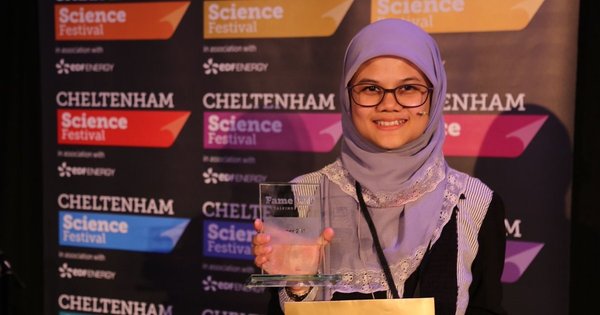
Dr Siti Khayriyyah is a Biological Science lecturer at University Sains Malaysia. She is now conducting postgraduate research related to hosting biomarkers in the development of rapid diagnostics for active tuberculosis, through Burnet’s Anderson Diagnostics Development Laboratory.
In 2018, she was crowned FameLab International Champion at the Cheltenham Science Festival with her presentation on diagnosing infectious diseases using biomarkers titled “To Find a Hidden Killer” – successfully competed against 27 science communicators from across the world. She is the second Malaysian FameLab International Champion after Professor Dr Abhimanyu Veerakumarasivam won the title in 2016.
“When I get on the stage and I am about to speak and have dropped all of that anxiety and nerves and just commit to that moment, it is really quite magical. Being able to have that connection with the audience is great. I had the opportunity thanks to FameLab”
– Dr Siti Khayriyyah
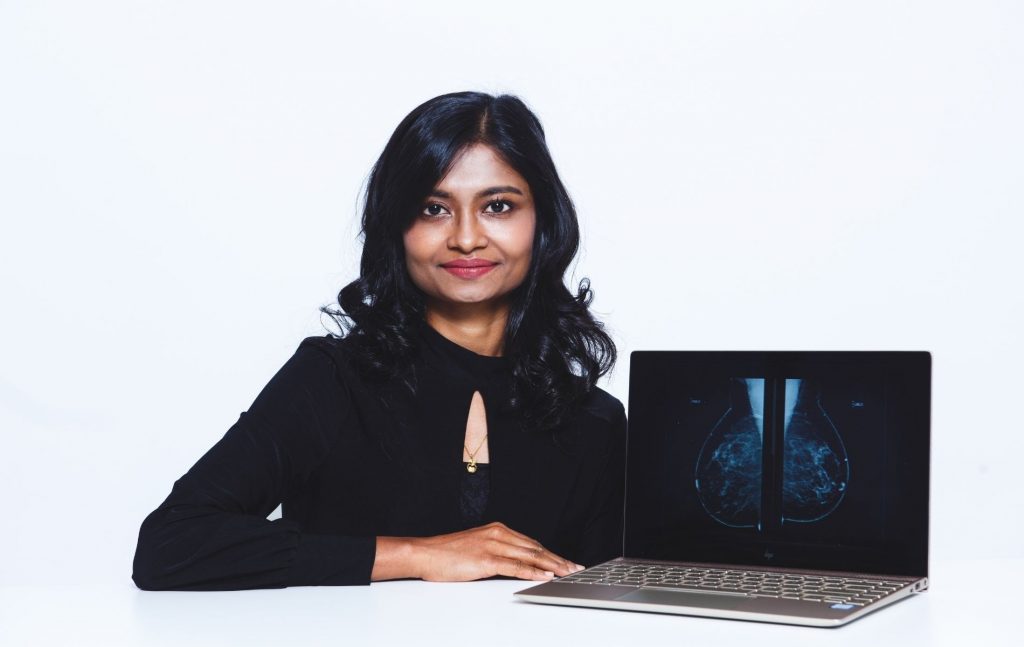
Dr Shivaani Mariapun is a senior research associate at Cancer Research Malaysia, her work revolves around collating and analysing lifestyle risk factors data, genetic data, sociodemographic information and measurements from breast image analysis to better understand how information from mammograms can be used for breast cancer risk prediction in Asian women.
“Most women would recognise any change in our face because we look at it all the time. Our face and how we look is important to us. Why don’t we do the same with our breasts? If we look at our breasts and feel them regularly, we would most likely detect changes and get checked.”
– Shivaani Mariapun
In 2019, the University of Nottingham PhD student received the L’Oréal-UNESCO For Women in Science National Fellowship and received a research grant of RM30,000 for her research on mammographic density and breast cancer risk in Asian women.
As the Malaysian breast cancer mortality rate is 50 per cent higher than the global rate, Shivaani’s work to develop a more accurate risk prediction model and formulate an effective screening strategy for early detection could potentially save millions of lives.
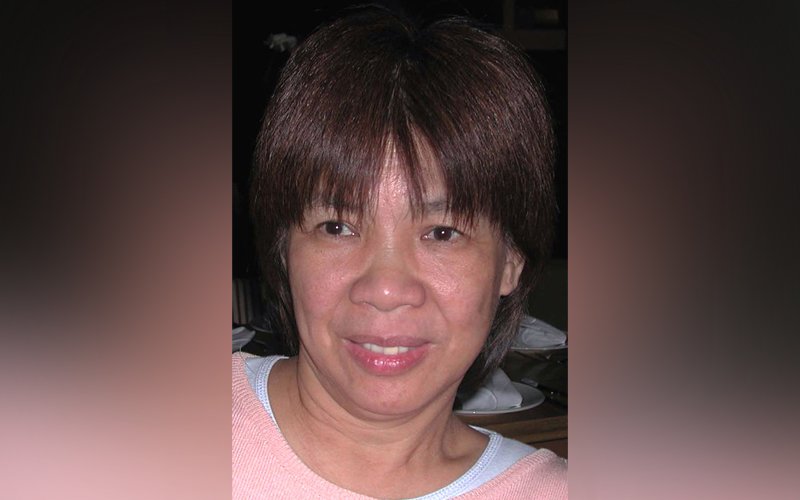
Dr Susan Lim was a Malaysian parasitologist who specialised in the Monogenea, a class of parasitic flatworms that are important ectoparasites of fishes. She was the first and only Malaysian commissioner elected to the International Commission on Zoological Nomenclature.
She received her Bachelor’s and Master’s Degrees from Universiti of Malaya and did her PhD there also on monogenean parasites of freshwater fishes.
She would go on to discover over 100 new species, four of which were named in her honour. Her contributions to the field remain important even after her passing in 2014.



